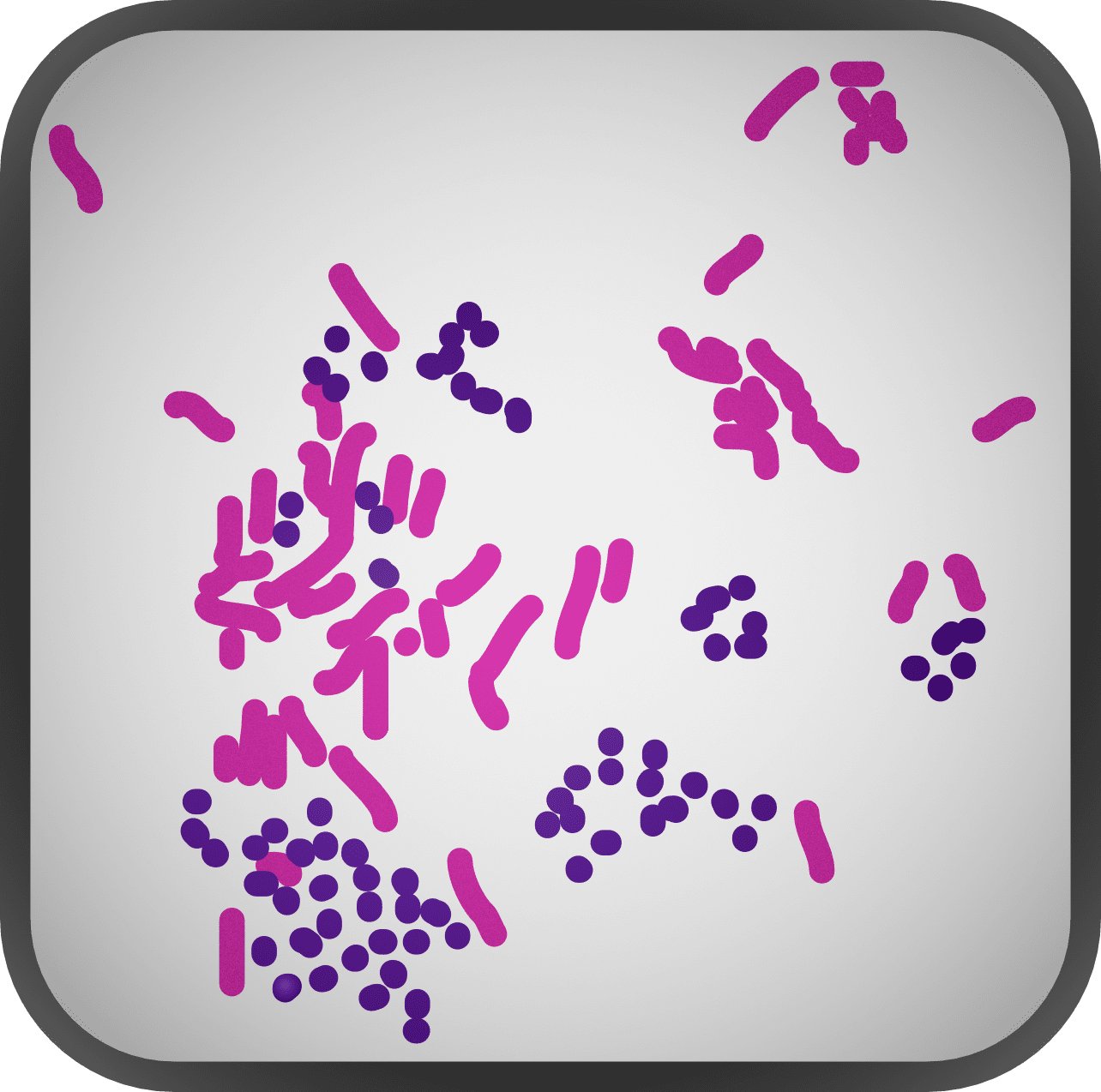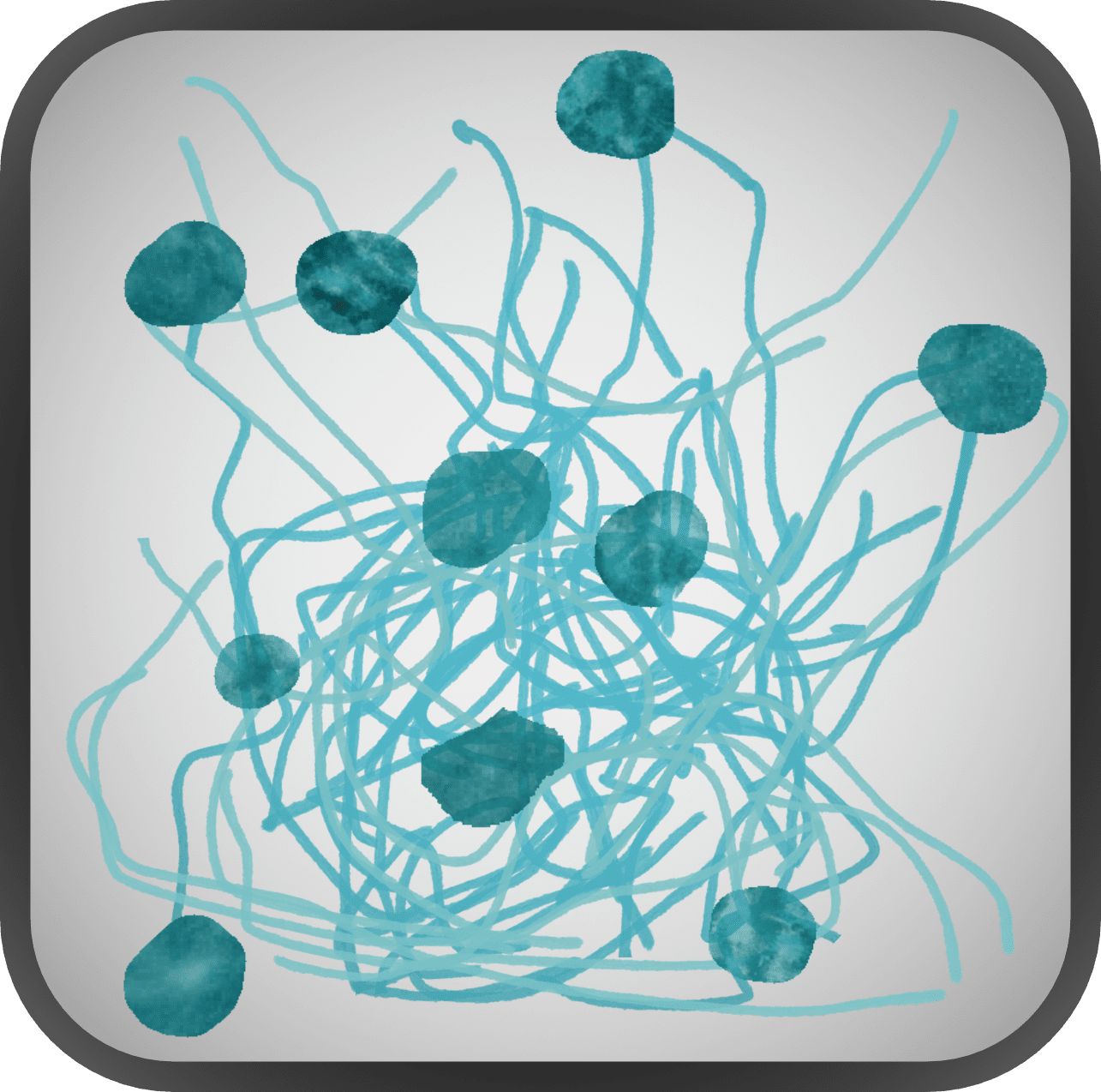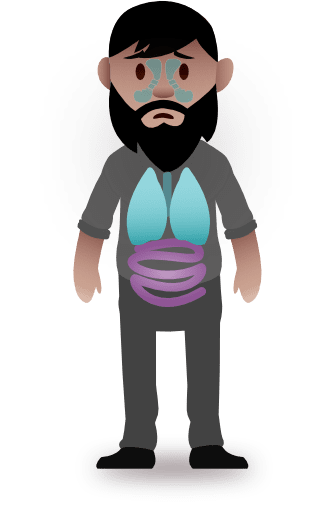Prions (proteinaceous infectious particles)
What they are: Non-living, submicroscopic, proteins.
How they infect: Exposure occurs through consumption of meat tainted with prions, through contaminated medical equipment, or by receiving corneas or organs from infected individuals. These infectious proteins cause normal proteins in the brain to fold abnormally.
Diagnosis: MRI, cerebrospinal fluid analysis, electroencephalogram (EEG) which analyzes brain waves, and blood tests.
Treatment: There is no cure for prion diseases, but medications can slow the progression of the disease.
Prevention: Properly cleaning and sterilizing medical equipment may prevent the spread of the disease. Educating prion-infected individuals about not donating organs or tissue.
Example: Creutzfeldt-Jakob disease (CJD) results in dementia, walking difficulties, hallucinations, confusion, and death.









